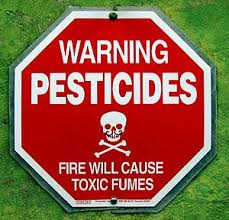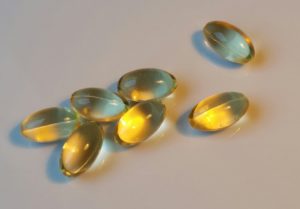 A recent large study found that exposure in childhood to more "green spaces" or a "greener neighborhood" results in better lung function in those children. Well, duh.. of course. The study needed to be done to show the health benefits of parks and other outdoor green spaces for children, and thus the need for green spaces in urban areas.
A recent large study found that exposure in childhood to more "green spaces" or a "greener neighborhood" results in better lung function in those children. Well, duh.. of course. The study needed to be done to show the health benefits of parks and other outdoor green spaces for children, and thus the need for green spaces in urban areas.
The study involved more than 35,000 children from eight European countries. They found that the more "green space" or "greener neighborhoods" exposure (meaning the more green spaces by the child's residence) that the children had in early childhood, the better it was for their lung function. On the other hand, the further away a child lived from green spaces, the lower the lung volume.
Why? The researchers point out that green spaces (parks, yards) reduce air pollution, which in turn affects respiratory health of children. It also exposes the children to beneficial microbes, which are good for their microbiome and immune system. Finally, playing outside (physical activity) is good for lung development and function.
From Science Daily: Children living in greener neighborhoods show better lung function
A large study of 35,000 children from eight countries has found a "robust" link between exposure to green spaces in early childhood and better lung function. The study, led by the Barcelona Institute for Global Health (ISGlobal), has been published in Environment International. ...continue reading "Better Lung Function In Children Living Near Green Spaces"

 Update to the toxic pesticide acephate story of
Update to the toxic pesticide acephate story of  It turns out that some commonly found chemicals in household products are actually hazardous to our brain health. A recent
It turns out that some commonly found chemicals in household products are actually hazardous to our brain health. A recent  Lead is harmful, especially for children. Lowered IQ, learning disabilities, behavioral problems - all from lead exposure. There are no safe lead levels in individuals, so you want to avoid lead and lead-containing products whenever possible. So it shouldn't be a surprise that
Lead is harmful, especially for children. Lowered IQ, learning disabilities, behavioral problems - all from lead exposure. There are no safe lead levels in individuals, so you want to avoid lead and lead-containing products whenever possible. So it shouldn't be a surprise that  Another disappointing result for Vitamin D supplements. A large
Another disappointing result for Vitamin D supplements. A large  Many children and adults have been diagnosed with ADHD (attention deficit hyperactivity disorder) and been prescribed medications as a result. Medications that are taken daily for years. The big question is: Are there long-term health effects from ADHD medications?
Many children and adults have been diagnosed with ADHD (attention deficit hyperactivity disorder) and been prescribed medications as a result. Medications that are taken daily for years. The big question is: Are there long-term health effects from ADHD medications? Once again a study looked at pesticide exposure in humans and found health problems. This time
Once again a study looked at pesticide exposure in humans and found health problems. This time  Recently the NFL Players Association called for all 30 NFL stadiums to use natural grass rather than synthetic or artificial turf. The
Recently the NFL Players Association called for all 30 NFL stadiums to use natural grass rather than synthetic or artificial turf. The 